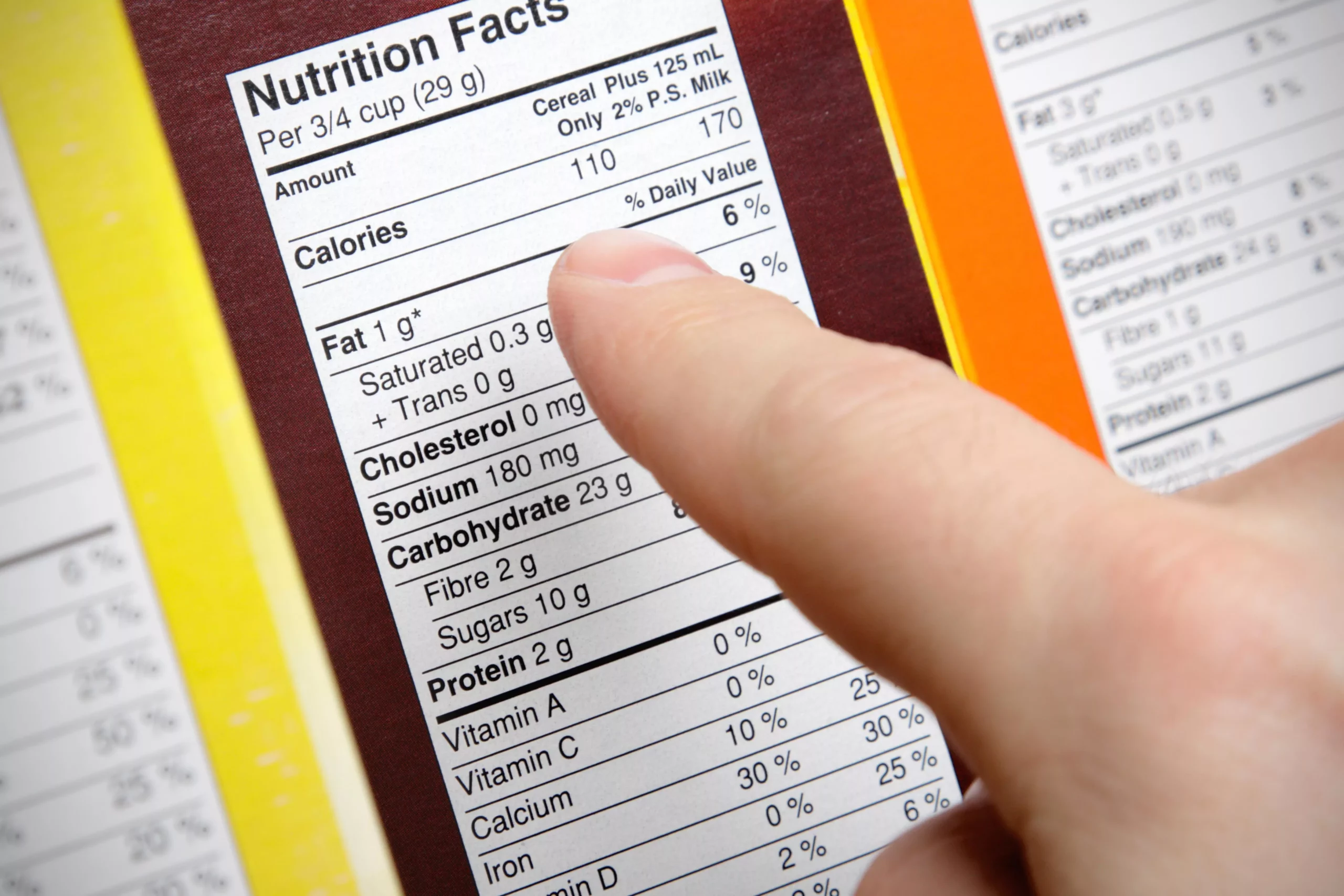When strolling through the labyrinth of grocery aisles, deciphering food labels can often feel like navigating a linguistic puzzle. Terms such as “organic” and “free-range” may adorn product packaging, but what do they truly signify? The world of food labels can be daunting, and while nutrition claims like “sugar-free” or “reduced fat” may appear straightforward, unraveling the essence of these labels is a complex endeavor.
For consumers seeking insights into the origins and shelf life of their food, the quest becomes even more challenging. Government agencies impose stringent guidelines for food safety and nutrition labels on packaged goods. However, when it comes to information like sell-by dates or animal welfare labels, the regulatory landscape becomes murkier, and some designations lose their significance.
To navigate the intricate terrain of food labels effectively, it is crucial to understand the underlying meanings of commonly encountered terms.
The term “organic” carries distinct connotations depending on the nature of the food product in question. In the realm of fruits, vegetables, and agricultural goods, achieving USDA-certified organic status necessitates a commitment from farmers and growers. They must abstain from employing prohibited substances, typically synthetic chemicals, in the management of pests, weeds, diseases, and soil health. Instead, organic farmers rely on permitted substances and employ environmentally conscious farming practices, such as crop rotation and the use of cover crops, to promote the vitality of the soil. Furthermore, genetically engineered seeds are strictly off-limits in organic farming.
In contrast, the criteria for organic animal products diverge somewhat. Livestock reared for organic meat, dairy, or eggs must adhere to a specialized diet. In addition to a standard organic diet, these animals receive vitamin and mineral supplements as needed. Crucially, both poultry and livestock are required to have access to an outdoor environment throughout the entire year.
For packaged foods bearing the “organic” label, the focus shifts to the ingredients. To earn USDA-certified organic status, a food item with multiple components must comprise at least 95% certified organic ingredients.
In the world of food labels, knowledge is power. Understanding these distinctions empowers consumers to make informed choices and ensure that their food aligns with their values and dietary preferences. In an era where transparency and food sourcing are paramount concerns, decoding food labels is an essential skill for conscientious shoppers.
























